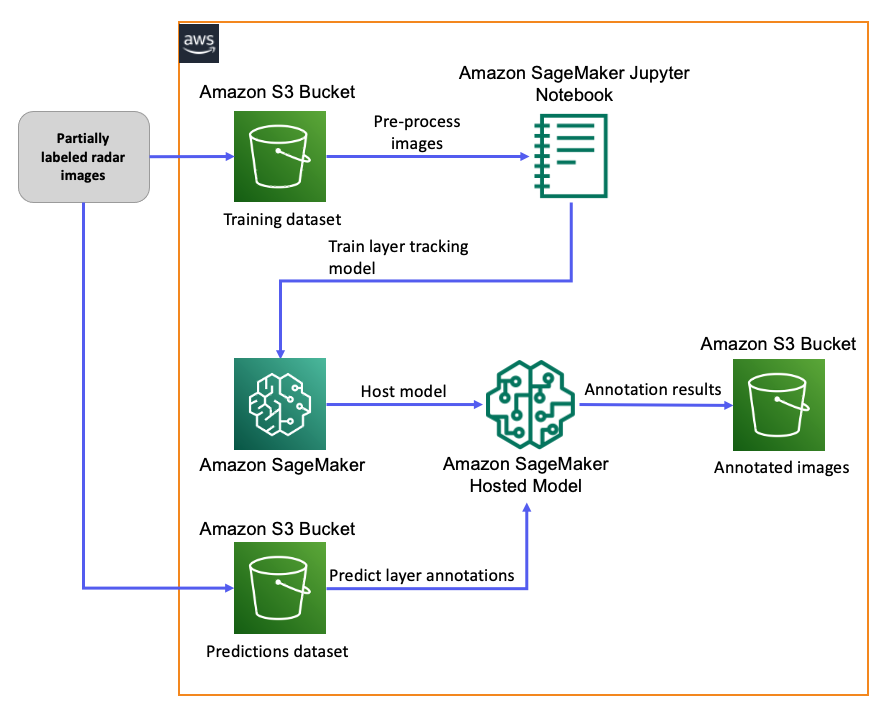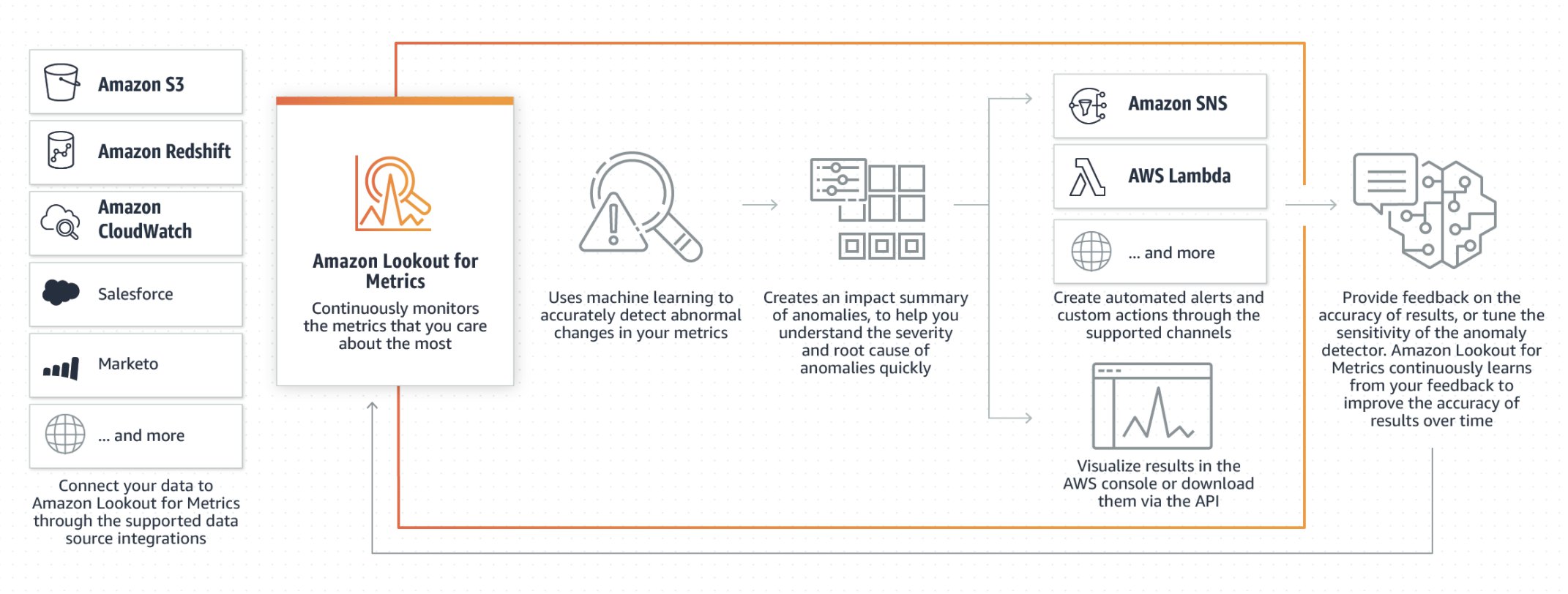AWS Machine Learning Blog
Category: Amazon Augmented AI
Accelerate disaster response with computer vision for satellite imagery using Amazon SageMaker and Amazon Augmented AI
In this blog post we are discussing how to accelerate disaster response efforts using computer vision techniques for processing satellite imagery using AWS services.
Customize business rules for intelligent document processing with human review and BI visualization
A massive amount of business documents are processed daily across industries. Many of these documents are paper-based, scanned into your system as images, or in an unstructured format like PDF. Each company may apply unique rules associated with its business background while processing these documents. How to extract information accurately and process them flexibly is […]
Intelligent document processing with AWS AI services: Part 2
Amazon’s intelligent document processing (IDP) helps you speed up your business decision cycles and reduce costs. Across multiple industries, customers need to process millions of documents per year in the course of their business. For customers who process millions of documents, this is a critical aspect for the end-user experience and a top digital transformation […]
Intelligent document processing with AWS AI services: Part 1
Organizations across industries such as healthcare, finance and lending, legal, retail, and manufacturing often have to deal with a lot of documents in their day-to-day business processes. These documents contain critical information that are key to making decisions on time in order to maintain the highest levels of customer satisfaction, faster customer onboarding, and lower […]
Automate digitization of transactional documents with human oversight using Amazon Textract and Amazon A2I
In this post, we present a solution for digitizing transactional documents using Amazon Textract and incorporate a human review using Amazon Augmented AI (A2I). You can find the solution source at our GitHub repository. Organizations must frequently process scanned transactional documents with structured text so they can perform operations such as fraud detection or financial […]
How NSF’s iHARP researchers are enabling active learning for polar ice analysis using Amazon SageMaker and Amazon A2I
The University of Maryland, Baltimore County’s Bina lab is a multidisciplinary research lab for employing advanced computer vision, machine learning (ML), and remote sensing techniques to discover new knowledge of our environment, especially in the Arctic and Antarctic regions. The lab’s work is supported by NSF BIGDATA awards (IIS-1947584, IIS-1838230), the NSF HDR Institute award […]
Detect anomalies using Amazon Lookout for Metrics and review inference through Amazon A2I
Proactively detecting unusual or unexpected variances in your business metrics and reducing false alarms can help you stay on top of sudden changes and improve your business performance. Accurately identifying the root cause of deviation from normal business metrics and taking immediate steps to remediate an anomaly can not only boost user engagement but also […]
Detect defects and augment predictions using Amazon Lookout for Vision and Amazon A2I
With machine learning (ML), more powerful technologies have become available that can automate the task of detecting visual anomalies in a product. However, implementing such ML solutions is time-consuming and expensive because it involves managing and setting up complex infrastructure and having the right ML skills. Furthermore, ML applications need human oversight to ensure accuracy […]
Automate continuous model improvement with Amazon Rekognition Custom Labels and Amazon A2I: Part 2
In Part 1 of this series, we walk through a continuous model improvement machine learning (ML) workflow with Amazon Rekognition Custom Labels and Amazon Augmented AI (Amazon A2I). We explained how we use AWS Step Functions to orchestrate model training and deployment, and custom label detection backed by a human labeling private workforce. We described […]
Automate continuous model improvement with Amazon Rekognition Custom Labels and Amazon A2I: Part 1
If you need to integrate image analysis into your business process to detect objects or scenes unique to your business domain, you need to build your own custom machine learning (ML) model. Building a custom model requires advanced ML expertise and can be a technical challenge if you have limited ML knowledge. Because model performance […]









